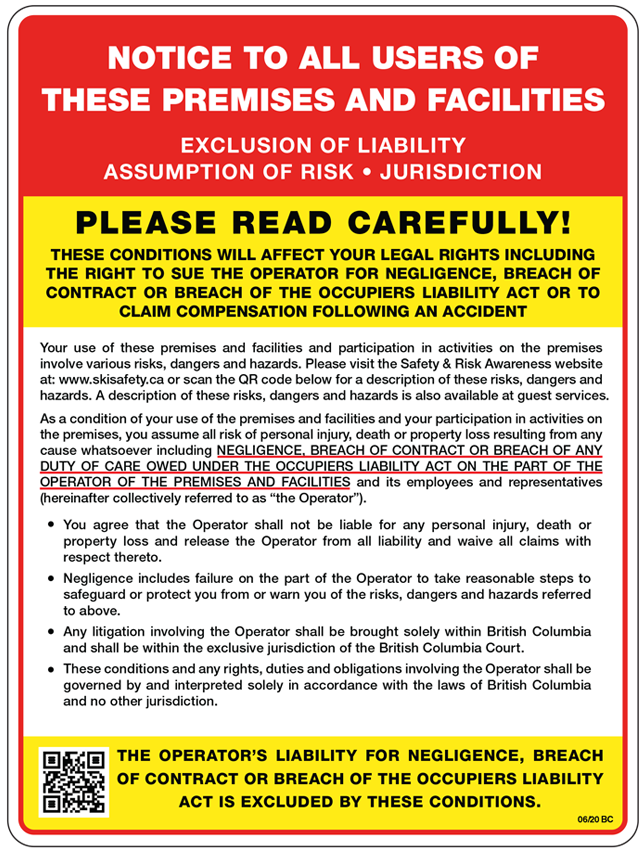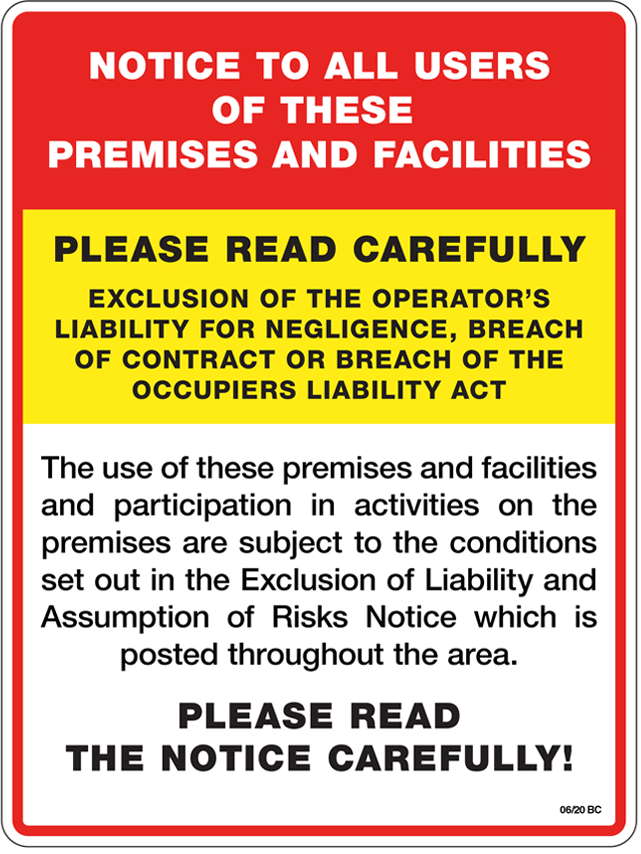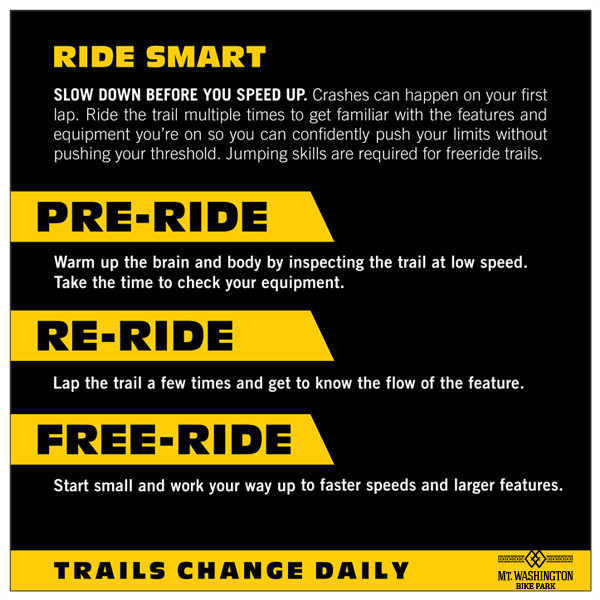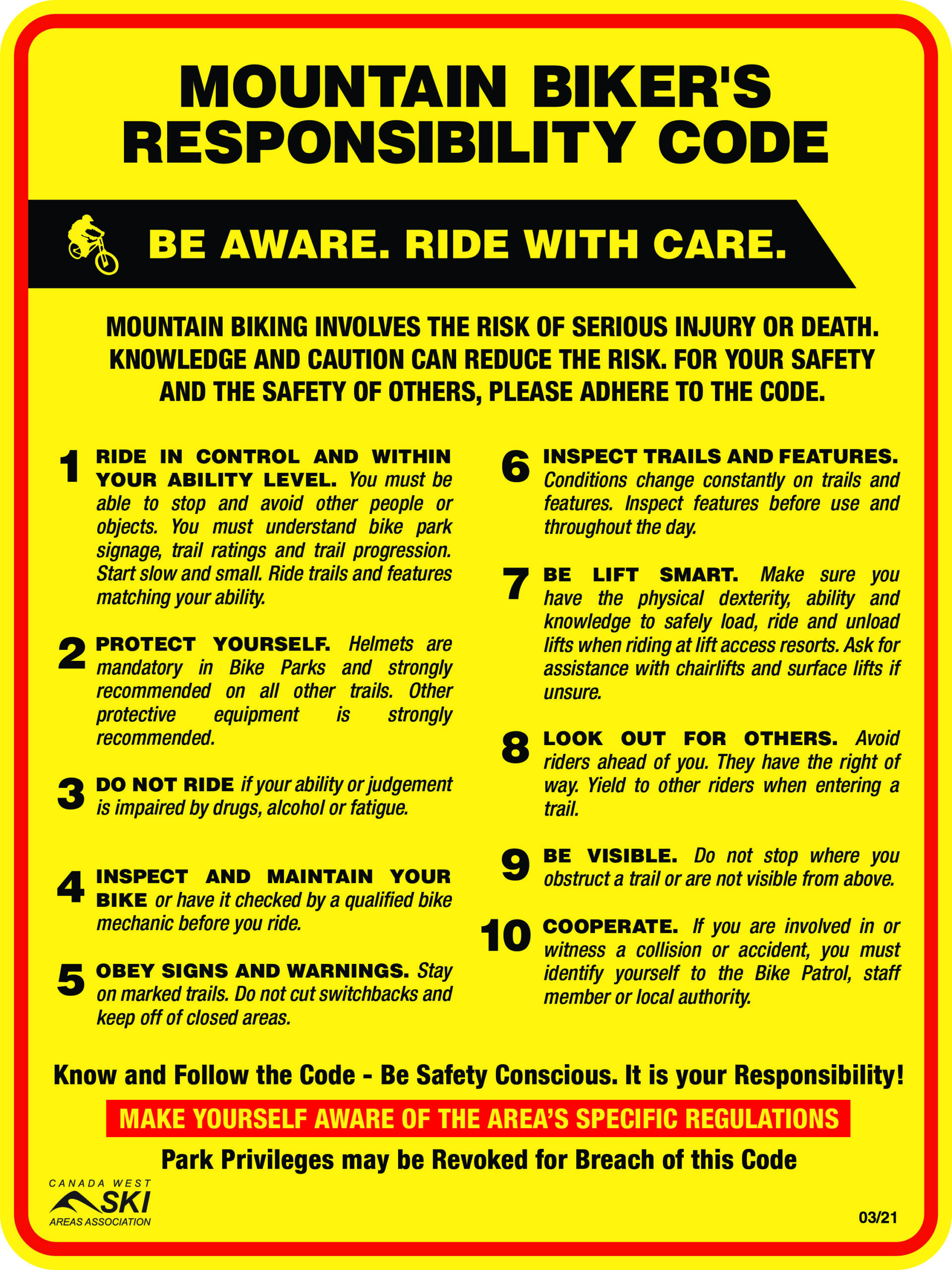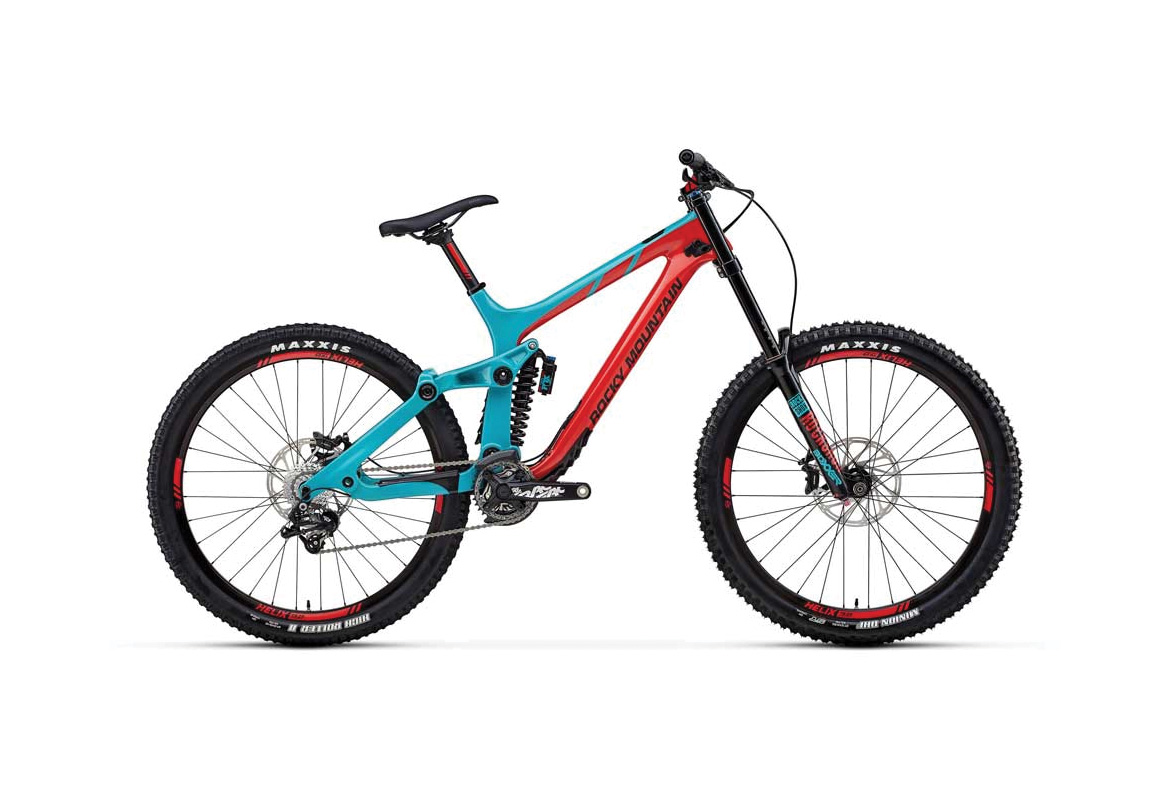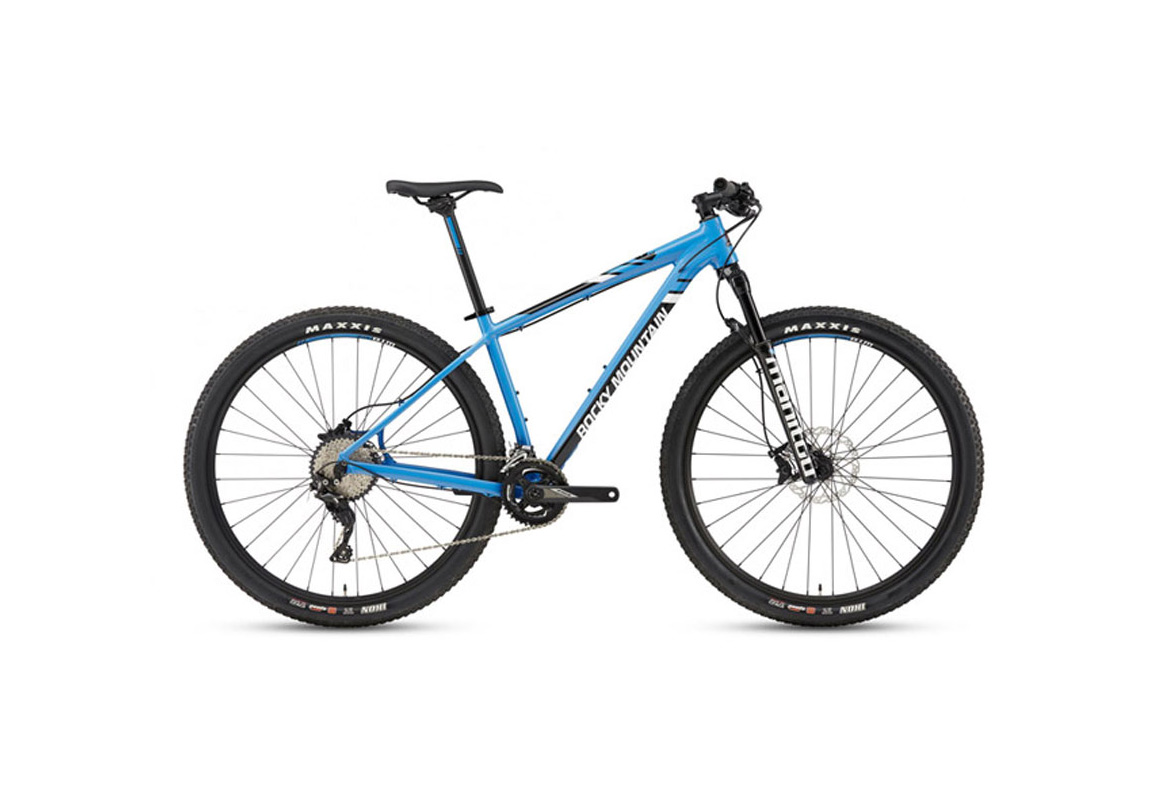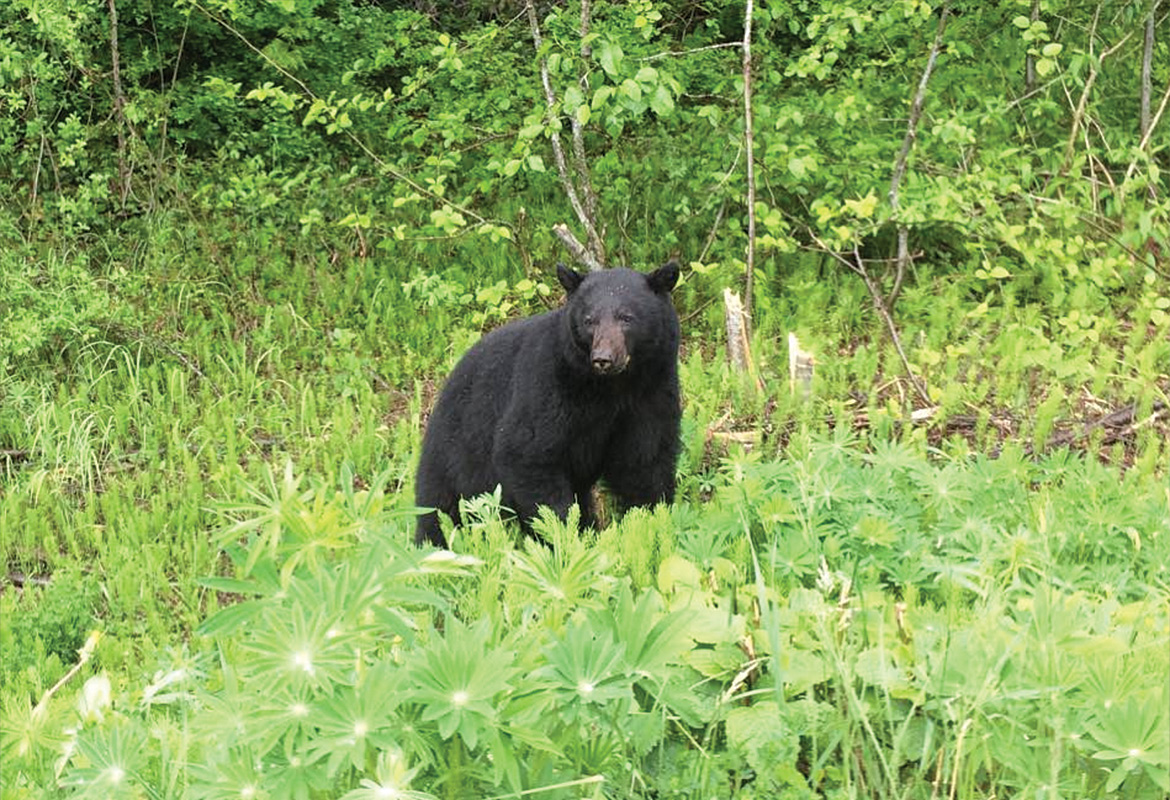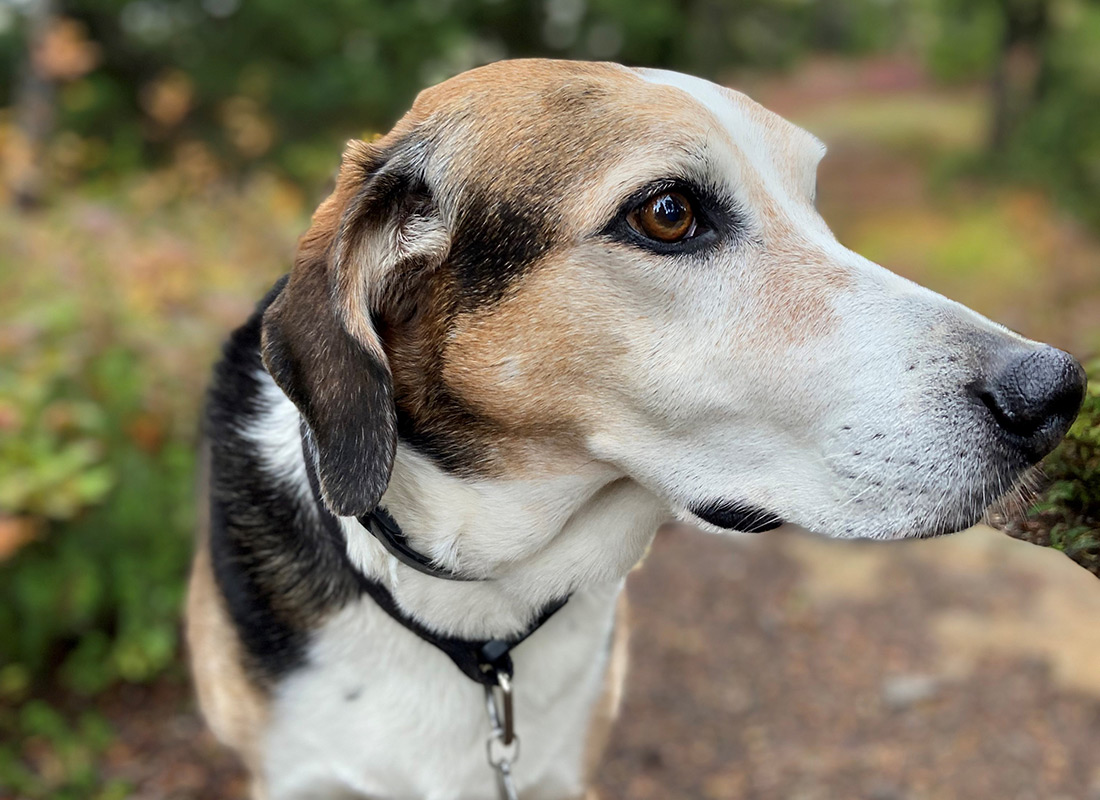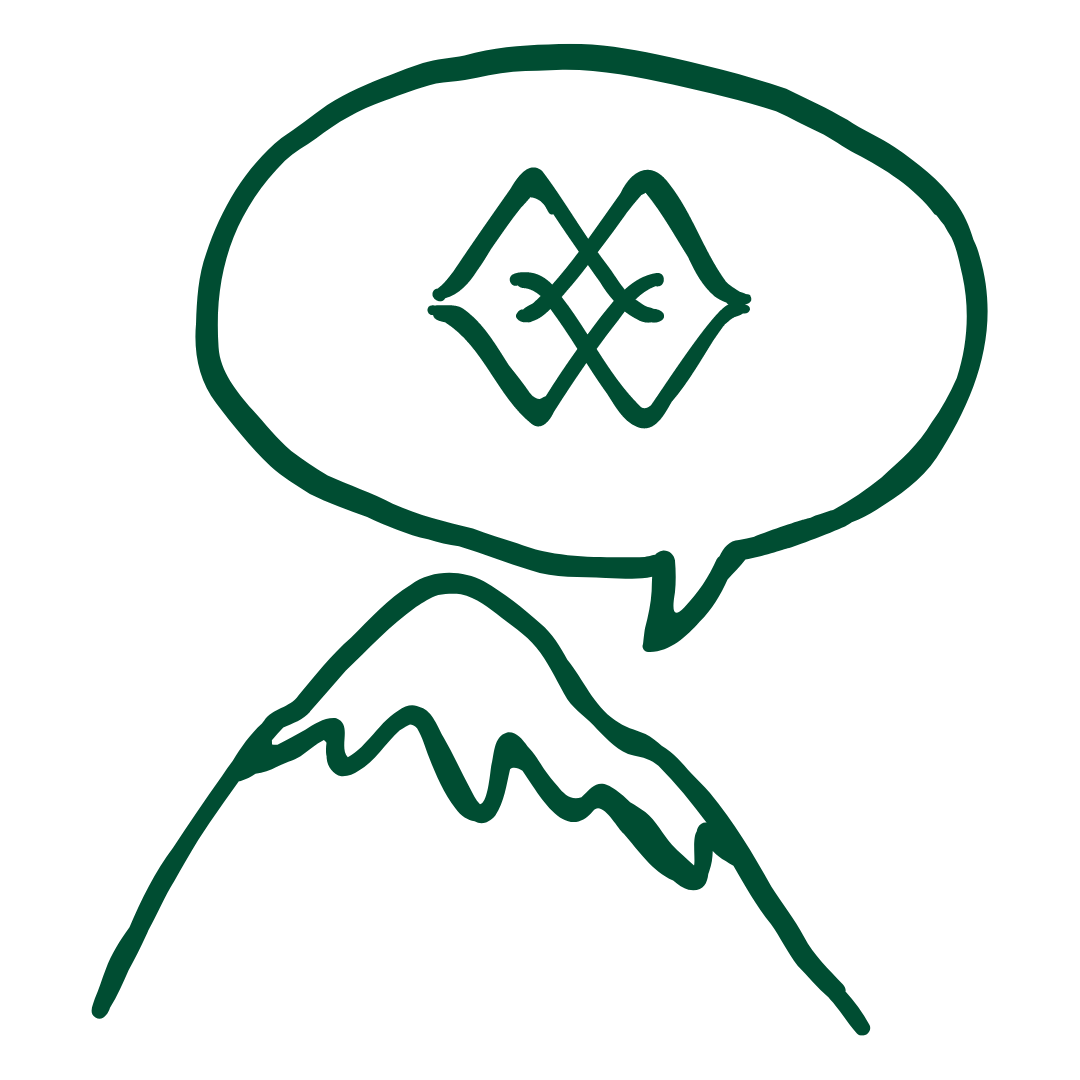ALL RIDERS, PARENTS AND GUARDIANS
Injuries are a common and expected part of mountain-biking. We strongly suggest that full face helmets, full length gloves, biking armor and a full suspension bike be used in the Bike Park. If you are new to mountain-biking at Mount Washington, or the Parent or Guardian of a younger rider, please familiarize yourself with the bike park and the mountain-biking activities we offer. Introductory mountain-biking lessons and beginner mountain-biking terrain are available and recommended. More challenging terrain and features should not be attempted unless the rider has the appropriate skills, experience and equipment to effectively negotiate such trail sections.





